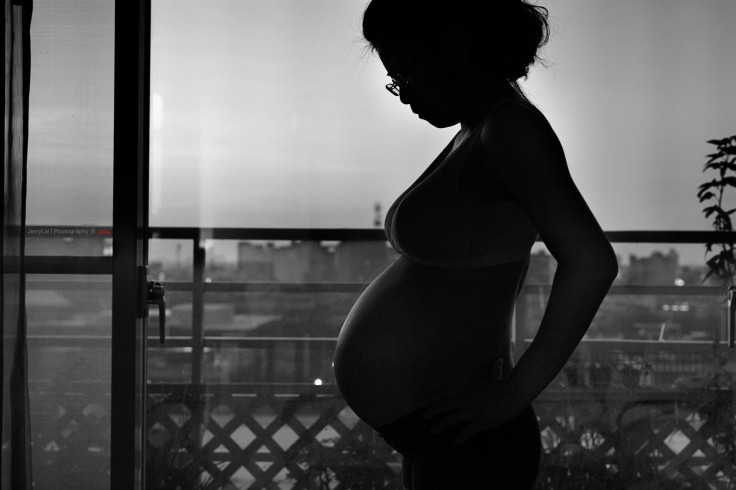Maternal Mortality Has Decreased 44% Since 1990 Worldwide, But Still Falls Short Of UN Goals

It's never been safer for a woman to give birth than today, but there's still a lot more than we can do to prevent maternal deaths.
That's the overarching conclusion reached by a report published this November in the Lancet. The team of researchers, working on behalf of the United Nations, analyzed data from 171 countries and found that the ratio of maternal deaths per livebirths worldwide has decreased substantially since 1990, from 385 deaths per 100,000 livebirths to 216 deaths per 100,000 in 2015 - a 43.9% overall decline in the maternal mortality ratio (MMR).
Despite the positive news, however, the authors noted this decline is still far short of the 75 percent mark targeted by the Millennium Development Goals (MDGs), a series of UN initiatives designed to promote health and equality worldwide first created in 2000 and set to end in 2015. The authors also found the projected decline in maternal mortality is likely to miss the 2030 goal of less than 70 deaths per 100,000 livebirths established by the UN’s Sustainable Development Goals (SDG).
“Despite global progress in reducing maternal mortality, immediate action is needed to meet the ambitious SDG 2030 target, and ultimately eliminate preventable maternal mortality,” they concluded.
Of the countries surveyed, only nine, including Bhutan, Cambodia and Iran, were able to reach the 75 percent decline by 2015, while Eastern Asia saw the greatest annual reduction in MMR. Perhaps uncoincidentally, several of these countries still possess some of the highest MMRs worldwide, with a MMR of 546 deaths per 100,000 livebirths seen in sub-Saharan Africa (The US has less than 19 deaths per 100,000 livebirths). It’s believed that about 99 percent of maternal deaths, defined as the death of the mother for up to 42 days after pregnancy, will occur in developing nations this year — an estimated 303,000 worldwide, according to the study.
The authors hold out hope that other countries can learn from the wide array of strategies that the most improved nations implemented to lower their maternal mortality. For example, in Cambodia, the simple if costly funding of better transportation and medical facilities helped expand their citizens’ access to health care. "Future action might be guided by past successes in countries that have reduced the MMR. Future research on what efforts contribute most effectively to maternal mortality reductions will help the allocation of resources and setting priorities," wrote the authors.
By reaching the SDG 2030 mark, it’s estimated that 1.4 million more maternal deaths between 2016 and 2030 will be prevented than if the decline in MMR continues as projected. That, however, will take a proactive worldwide response. “Many countries with high maternal death rates will make little progress, or will even fall behind, over the next 15 years if we don’t improve the current number of available midwives and other health workers with midwifery skills,” said Dr. Babatunde Osotimehin, the Executive Director of the United Nations Population Fund, in a joint statement released by the UN and the World Health Organization, among others. “If we don’t make a big push now, in 2030 we’ll be faced, once again, with a missed target for reducing maternal deaths.”
Source: Alkema L, Chou D, Hagan D, Zhang S, et al. Global, regional, and national levels and trends in maternal mortality between 1990 and 2015, with scenario-based projections to 2030: a systematic analysis by the UN Maternal Mortality Estimation Inter-Agency Group. The Lancet. 2015.
Published by Medicaldaily.com



























